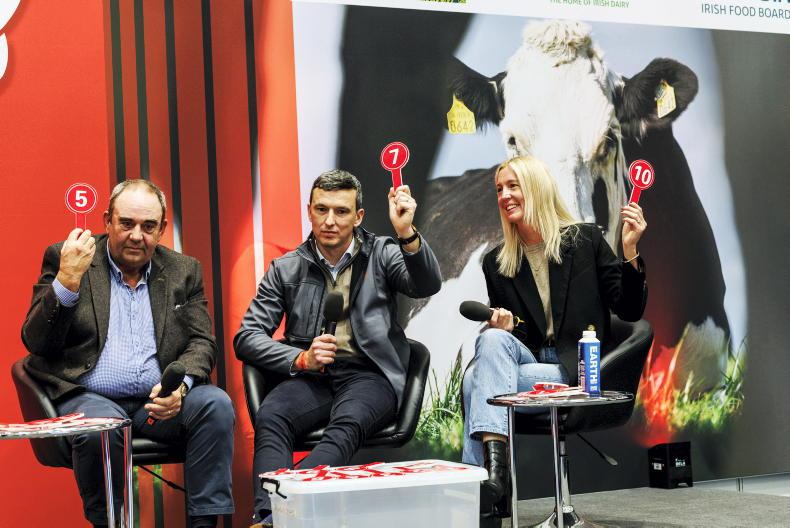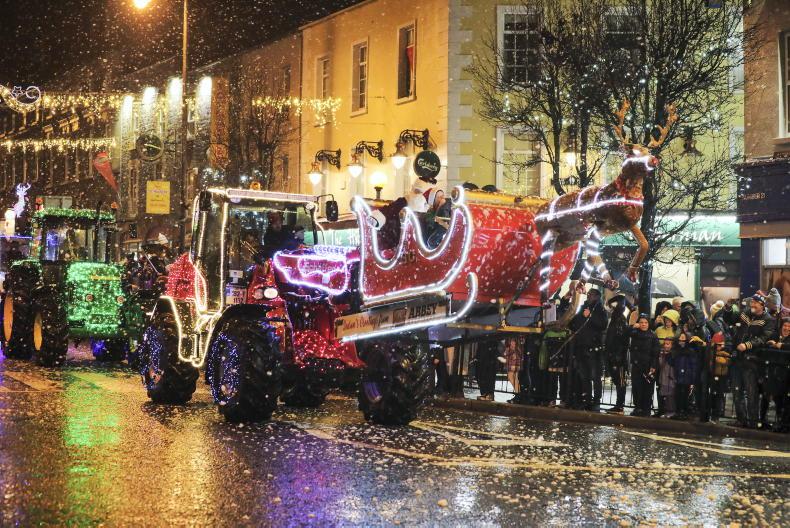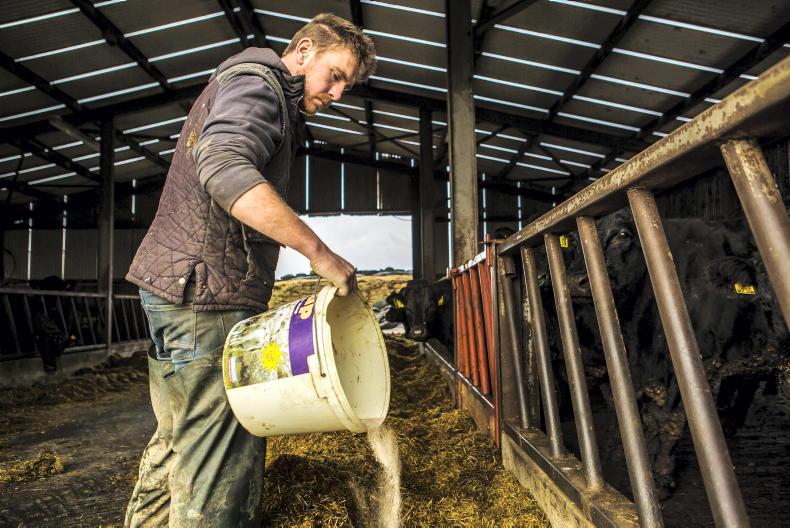As we hit the first week of December, it is wind-down time for many of the spring-calving herds across the country.
First-lactation, lame, high-SCC and early-calving cows are among the first groups of cows that have been dried off.
Many spring-calving dairy farms aim to have all the cows dry by Christmas and are looking forward to a break from milking before another calving season arrives.
Taking time between now and the middle of January to assess calving and calf-rearing facilities is very important to ensure a smooth start to the 2022 calving season.
Calving is condensed on many farms to a tight window and making the necessary improvements to handling facilities and having all equipment prepared will reduce the pressure at the start of calving.
Priority tasks
Hygiene and safety are among the priorities in both areas. If not already complete, calving sheds and calf sheds should be powerhosed and disinfected in plenty of time to allow them to dry out pre-calving.
As calving sheds are only used for a short period of the year, they are often used for housing sick animals or other stock throughout the year and a buildup of bacteria can pose a significant risk to newborn calves.
Safety must be a priority in the calving shed. Escape gates that allow the farmer to exit the pen fast, and safely, should be a feature in every calving shed.
Shed and yard lighting is another area that should be stringently assessed
These can be retrofitted or modifications can be made to existing infrastructure to allow a quick exit should a cow become agitated.
Calving gates are also a must have in all calving sheds to allow safe handling of any cows that may need assistance during calving.
Shed and yard lighting is another area that should be stringently assessed.
A very valuable exercise is to complete a checklist questioning if attention is required to any facilities.
This should be carried out well in advance, especially if significant alterations are planned given the effect that the coronavirus pandemic continues to have on the supply of building materials. This should coincide with a general checklist on calving aids, feeding equipment and dairy components.
Although not an entirely new concept to many dairy farmers, the rollout of mandatory electronic identification (EID) tagging for all newborn calves from July 2022 will be a change for some.
EID tagging is already being used on many dairy farms and is being linked to the use of labour-saving technologies on a daily basis.
For calves born in 2022, many of the automatic calf feeders require the calves to have an EID tag to identify each calf and ensure each milk feed is recorded correctly.
EID tags are also required in many of the technologies used around milking time.
Many farmers have had to use EID tags on all of the milking herd already
Parlours with feed to yield, individual SCC recorders and milk meters require EID tags as each cow passes by readers as she enters the parlour.
Automatic drafting gates are used to reduce labour in springtime and during breeding.
Many farmers have had to use EID tags on all of the milking herd already for this reason. That said, there are a range of options from tags to collars, which will work with a range of drafting gates.
For day-to-day handling of animals, EID tags can reduce the risks associated with manually checking tag numbers and will also speed up the process when using an electronic tag reader.
Thought should be given to any longer-term investments that may be required in terms of milking and dairy equipment as it looks like these will unfortunately be excluded from grant aid under the proposed On-Farm Capital Investment Scheme.










SHARING OPTIONS